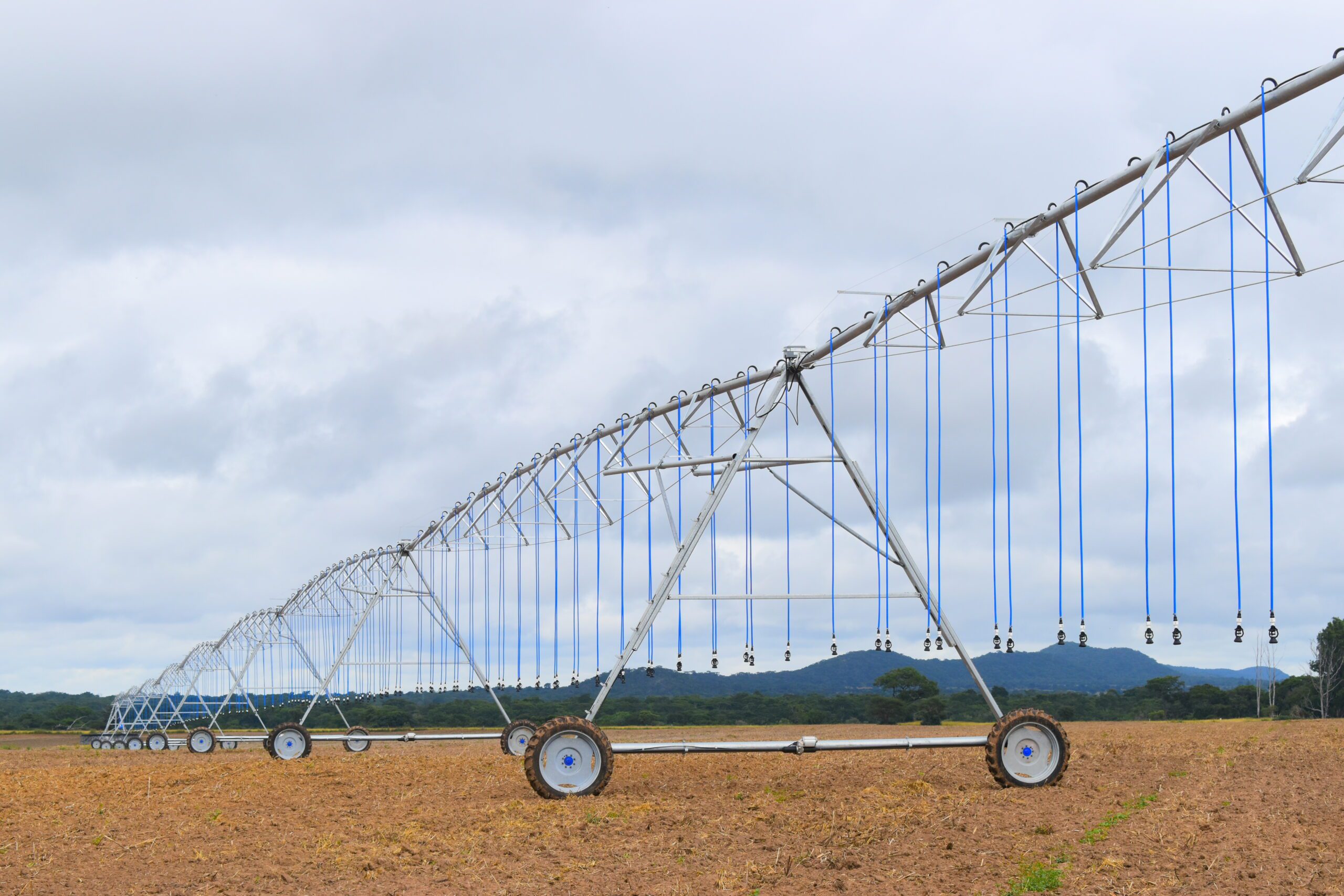When Crops Outgrow Standard Solutions
In Zambia's Mkushi farming block, banana plants surge toward the sky at a remarkable pace. These herbaceous giants grow from the ground to heights of 10 to 20 feet in a single growing season. Their "trunks" are composed of tightly wrapped leaf sheaths that help conserve precious moisture in regions where rainfall is concentrated into just a few months each year. These towering plants represented both an opportunity and a challenge to Dean Moreland, Farm Manager at Rockridge Family Farm.
Since 1956, Rockridge Family Farm has cultivated wheat, maize, and soybeans across the fertile soils of central Zambia. For Rockridge Family Farm, expanding into banana production offered a pathway to diversification and increased profitability. However, the opportunity came with a unique challenge.
The farm needed an adaptable irrigation solution for taller banana crops without increasing labor costs. Moreland's research led him to center pivot irrigation, a technology known for its efficiency, precision, and reduced labor requirements. "If you want to farm at scale in Mkushi, you have to be smart about how you manage every drop of water," Moreland explained. The question was whether the technology existed to irrigate crops reaching 20 feet tall.
The answer would come in the form of the Reinke Supergator®, the world's tallest center pivot irrigation system. By clearing 20-foot banana plants where no other system could, the Supergator® demonstrates how engineering innovation can remove infrastructure barriers and enable agricultural diversification in developing markets.
The Height Barrier
Center pivot irrigation systems have transformed agriculture globally, enabling growers to apply water uniformly and efficiently with minimal labor. As agriculture diversifies into taller crops, these systems continue to evolve to meet new clearance requirements.
Standard center pivot systems typically provide clearance of 8 to 9 feet (2.4 to 2.7 meters), with most systems ranging between 4 and 14 feet (1.2 to 4.3 meters) depending on tower leg configuration (Evans, 2001). This clearance accommodates the vast majority of agricultural crops. High-clearance systems designed for orchards reach approximately 14 feet (4.3 meters) (Evans, 2001), representing the upper boundary of what has traditionally been available.
Banana plants occupy a category entirely their own. Unlike woody trees that grow slowly over years, banana plants achieve their full height within a single growing season. Banana varieties typically reach 10 to 20 feet (3 to 6 meters) before harvest, with taller varieties reaching the upper end of this range (Food and Agriculture Organization of the United Nations, n.d.). This rapid vertical growth places them beyond the clearance capacity of even high-clearance pivot systems. When crop height exceeds system clearance, the irrigation equipment physically cannot pass over the plants without causing damage.
For growers, the height of the crop creates a significant challenge. Surface irrigation methods require substantially more labor, provide less uniform coverage, and often waste water through runoff. Manual irrigation using hoses or portable sprinklers is even more impractical. For Moreland, reverting to labor-intensive irrigation methods would undermine the entire economic rationale for diversifying into banana production. Rockridge Family Farm needed a center pivot irrigation system capable of clearing crops that towered far above anything standard equipment could handle.
At 15 to 20 feet (4.6 to 6.1 meters) tall, banana plants exceeded the clearance of every pivot system Moreland could find in the market. Standard systems topped out at 9 to 10 feet (2.7 to 3 meters). High-clearance systems designed for orchards reached approximately 14 feet (4.3 meters). Banana plants required at least 20 feet (6.1 meters) of clearance to allow the pivot to pass overhead without contact.
Without an irrigation system capable of clearing 20 feet, Rockridge Family Farms would have to abandon banana production entirely or revert to labor-intensive irrigation methods, eliminating any hope of profitability at scale.
Engineering the World’s Tallest Pivot
Reinke had the solution Rockridge Family Farm needed. Working directly with the farm, Reinke customized their Supergator® system to provide 20-foot (6.1 meters) of clearance with a durable design that was up to the challenge. While other manufacturers produced capable irrigation systems within the industry's standard clearance ranges, none had a solution for crops requiring vertical clearance beyond 14 feet.
The Supergator® installed at Rockridge Family Farm features nine towers spanning more than 1,600 feet (488 meters), irrigating over 185 acres (75 hectares) of banana production. Each tower supports the elevated pipeline at a consistent 20-foot (6.1-meter) height throughout the entire length of the system, critical because banana plants grow uniformly tall across the entire field.
"Rockridge Family Farm needed the full 20-foot (6.1 meters) clearance for the entire system, including near the pivot center," stated Darin Neff, Senior Lead Mechanical Engineer at Reinke. This requirement pushed the engineering team to customize the system beyond even the Supergator®'s standard configuration. Tower leg lengths, truss configurations, pipe elevations, and connection points all needed to align precisely to maintain the required height without compromising structural integrity.
Engineering a center pivot to 20 feet of clearance introduces challenges that do not exist at standard heights. Tower legs must support not only the weight of the water-filled pipe, which can exceed several tons, but also resist lateral forces from wind, rotational momentum, and dynamic loads. Taller structures experience greater wind exposure, increasing the potential for sway or deflection.
The horizontal pipe between towers must maintain rigidity across distances of up to 200 feet (61 meters) while elevated 20 feet (6.1 meters) above the ground. Reinke's engineering team extensively tested multiple prototypes, refining the structural design through computer modeling, stress analysis, and field testing to validate that every component could withstand operational demands.
Water distribution uniformity presented another engineering consideration. At 20 feet (6.1 meters) of height, wind effects on spray patterns become more pronounced. Reinke's sprinkler package accounts for these variables, using adjustable sprinkler heights and carefully selected nozzle configurations to maintain uniform application across the entire field.
The installation itself represented a significant logistical achievement. Rockridge Family Farm is located in central Zambia, a region with developing infrastructure and limited access to specialized heavy equipment. Despite the remote location and the system's height requirements, the entire system was successfully installed in less than two weeks
The result stands as the tallest center pivot irrigation system in the world and the first Supergator® installed on African soil, representing proof that infrastructure can evolve to meet the needs of diversified agriculture.
Adaptability and Long-Term Value
The Supergator®'s value extends well beyond its ability to clear 20-foot (6.1-meter) banana plants. The system's design provides operational flexibility positioning the farm for long-term success across multiple crops and changing market conditions.
Center pivot irrigation applies water uniformly across the entire field, reducing water waste and ensuring every plant receives adequate moisture throughout the growing season. For banana production, where consistent soil moisture is critical for fruit development and quality, this level of control directly impacts yield and profitability. The system replaces labor-intensive manual irrigation methods, freeing farm personnel to focus on other aspects of crop management.
The adjustable sprinkler heights built into the Supergator® design add another layer of flexibility. As banana plants progress through their growth cycle, the ability to adjust sprinkler drop tube lengths allows the system to deliver water at the optimal height for each growth stage. This adjustability also enables Moreland to use the same irrigation system for different crops in rotation or as market conditions change.
"Reinke is a well-renowned name in irrigation, and their pivots are known not only for their strength, but for their thoughtful engineering," Dean Moreland observed. "Reinke pivots are a solid investment." A well-designed center pivot system should provide 15 to 20 years of reliable service with appropriate maintenance (Evans, 2001). The Supergator® meets this requirement by combining exceptional clearance with operational flexibility.
The implications extend beyond a single farm operation. Agriculture in Zambia provides food, employment, and income for more than 70 percent of the population, making productivity improvements critical to the nation's economic development (International Monetary Fund, African Department, 2023). As more growers seek to diversify beyond traditional staple crops, the availability of center pivot irrigation systems capable of supporting that diversification becomes increasingly important.
Banana cultivation holds promise for the region, given favorable climate conditions and growing domestic demand.
The Supergator® demonstrates that center pivot irrigation systems can overcome barriers through mindful engineering and the willingness to push beyond industry boundaries.
The system shows that tall crops need not be constrained to small-scale or labor-intensive production methods. With the right equipment, they can be cultivated with the same efficiency advantages that center pivot irrigation brings to conventional crops.
Solutions That Rise to the Challenge
When growers expand into crops exceeding the 14-foot (4.3-meter) clearance limit of conventional high-clearance pivots, they face a hurdle where economic viability hinges on solutions not existing in the mainstream market. Rockridge Family Farm had the land, climate, agronomic knowledge, and market opportunity to make banana production successful, but lacked an irrigation system capable of clearing crops towering 20 feet (6.1 meters) above the ground.
The Supergator® stands alone as the only system capable of clearing such exceptional heights while maintaining the operational efficiency and reliability agriculture demands. Its presence at Rockridge Family Farm transformed what had been a seemingly insurmountable obstacle into a strategic opportunity, enabling the farm to diversify from its traditional wheat and soybeans into high-value banana production without sacrificing operational efficiency.
"Center pivots have been an amazing innovation in irrigation," Darin Neff noted. "Reinke Manufacturing is committed to making reliable products for growers. Our goal is to make our products extremely reliable and easy to use, so growers can focus on other parts of their operation." The Supergator® extends this innovation upward, ensuring the benefits of modern irrigation technology reach crops of every height. For growers worldwide seeking to expand, diversify, or optimize their operations, solutions exist that rise to the challenge, no matter how tall that challenge may stand.
References:
Evans, R. G. (2001). Center pivot irrigation. USDA-Agricultural Research Service.
https://www.ars.usda.gov/ARSUserFiles/21563/center%20pivot%20design%202.pdf
Food and Agriculture Organization of the United Nations. (n.d.). Banana. Land & Water Database.
https://www.fao.org/land-water/databases-and-software/crop-information/banana/en/
International Monetary Fund, African Department. (2023). Boosting productivity and enhancing climate resilience in Zambia's agriculture sector.
https://www.elibrary.imf.org/view/journals/002/2023/257/article-A003-en.xml
Michigan State University Extension. (2014). Center pivot crop clearance.
https://www.canr.msu.edu/news/center_pivot_crop_clearance
.avif)
.avif)
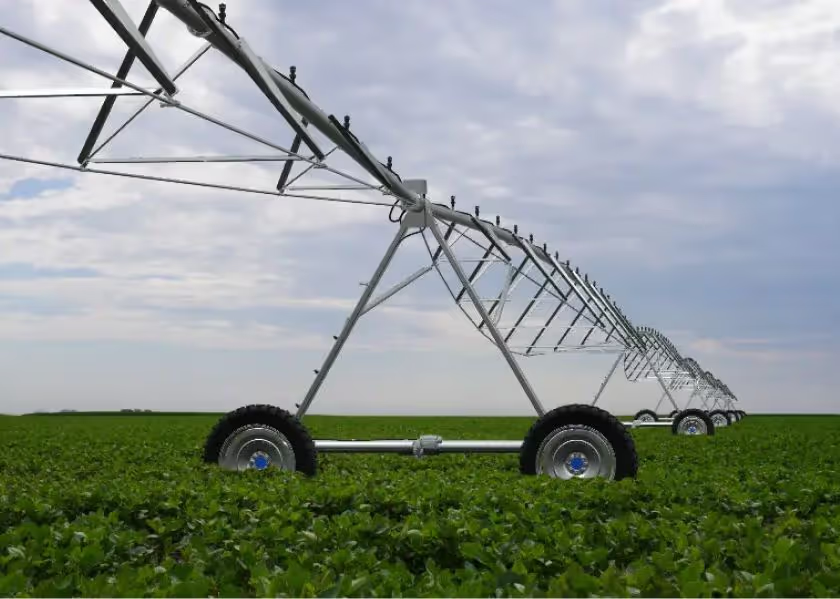
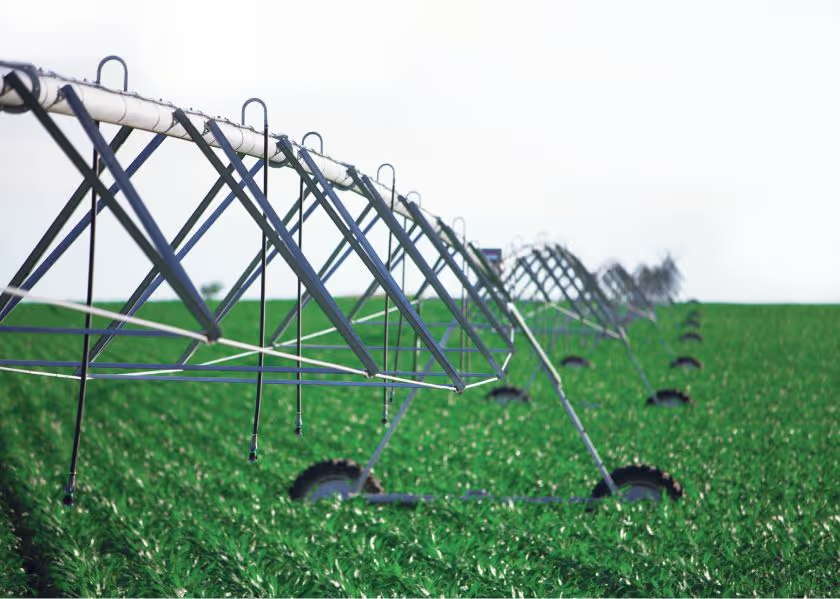
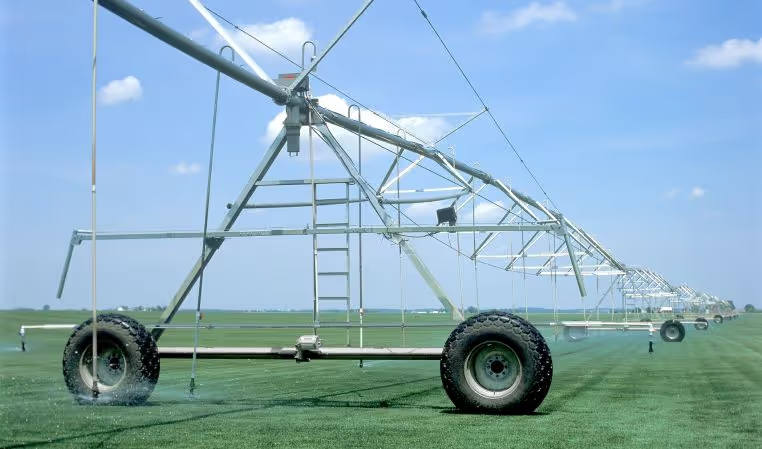
.avif)
.avif)
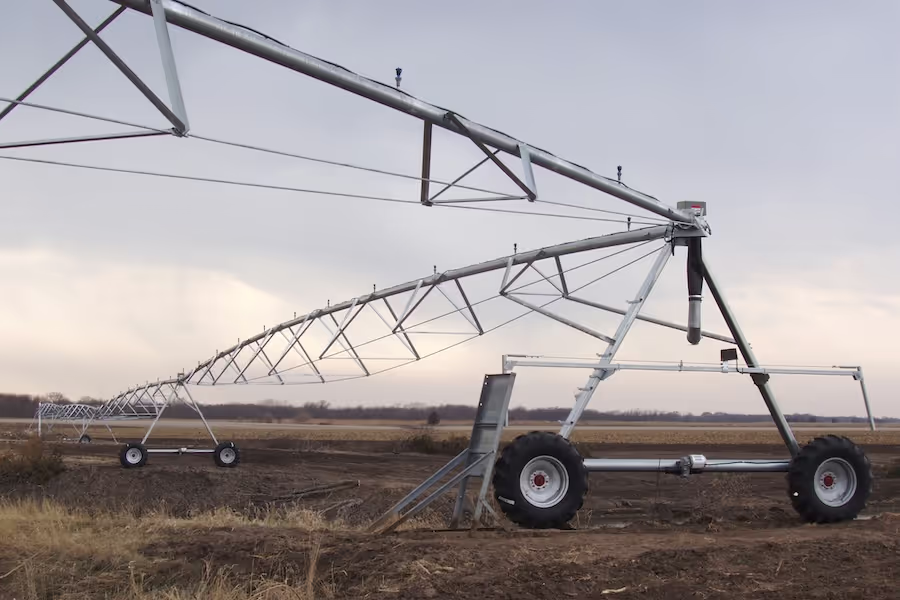
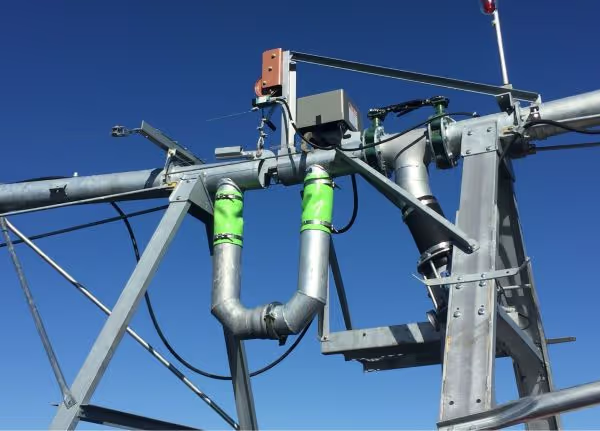

.avif)
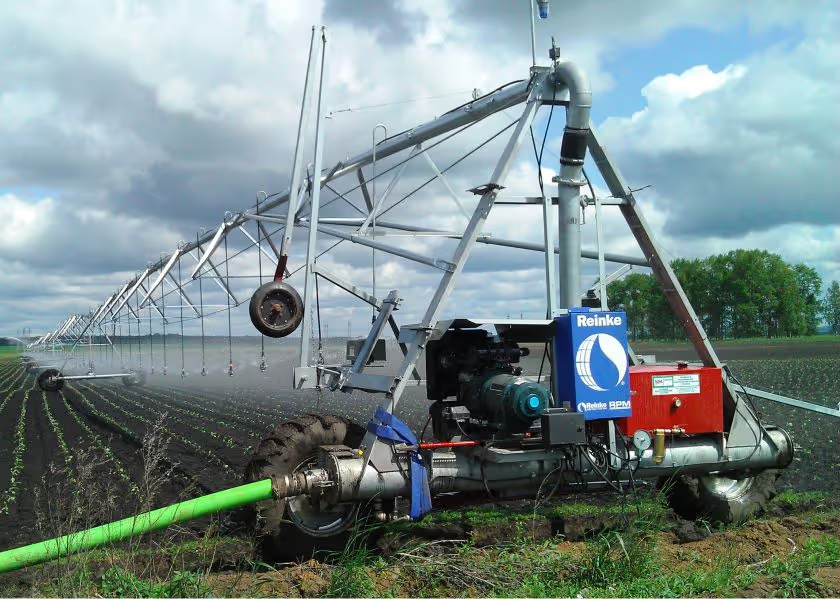
.avif)
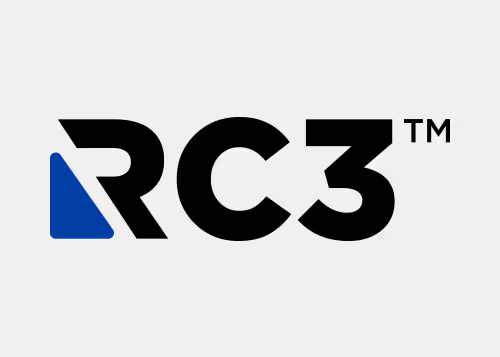
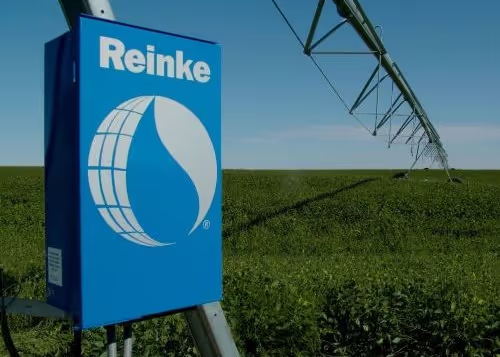
.avif)
.avif)


